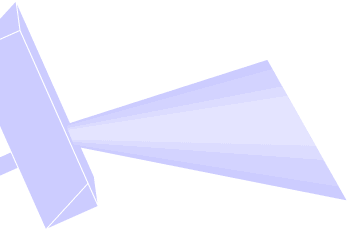

|

|
Table
of Contents Chapter 6
© 2001 International Association for the Evaluation of Educational Achievement (IEA)
|
|
|
|
The first part of Chapter 5 presents information about the curricular goals in the TIMSS 1999 countries and Benchmarking states, districts, and consortia. The ways in which the curriculum is supported and monitored within each entity, and the relationship between the curriculum and system-wide testing, are examined. The second part of the chapter contains teachers’ reports about the science topics actually studied in their classrooms. |
In comparing achievement across systems, it is important to consider differences in students’ curricular experiences and how they may affect the science they have studied. At the most fundamental level, students’ opportunity to learn the content, skills, and processes tested in the TIMSS 1999 assessment depends to a great extent on the curricular goals and intentions inherent in each system’s policies for science education. Just as important as what students are expected to learn, however, is what their teachers choose to teach them, which ultimately determines the science students are taught.
Teacher’s instructional programs are usually guided by an “official curriculum” that describes the science education that should be provided. The official curriculum can be communicated by documents or statements of various sorts (often called guides, guidelines, standards, or frameworks) prepared by the education ministry or by national or regional education departments. These documents, together with supporting material such as instructional guides or mandated textbooks, are referred to as the intended curriculum.
To collect information about the intended science curriculum at the eighth grade, the coordinators in each participating country and Benchmarking jurisdiction responsible for implementing the study completed questionnaires and participated in interviews. Information was gathered about factors related to supporting and monitoring the implementation of the official curriculum, including instructional materials, audits, and assessments aligned with the curriculum.
In many cases, teachers need to interpret and modify the intended curriculum according to their perceptions of the needs and abilities of their classes, and this evolves into the implemented curriculum. Research has shown that, even in highly regulated education systems, this is not identical to the intended curriculum. Furthermore, what is actually implemented is often inconsistent across an education system. Studies, including the Second International Mathematics Study, suggest that the implemented curriculum in the United States varies considerably from classroom to classroom – calling for more research into not only what is intended to be taught but what content is covered.(1) To collect data about the implemented curriculum, the science teachers of the students tested in TIMSS 1999 completed questionnaires about whether students had been taught the various science topics covered in the test.
The most striking difference among science curricula of the TIMSS 1999 countries in the eighth and earlier grades is that the sciences are taught as separate subjects in some countries and integrated to form a general science course in others. Exhibit 5.1 shows how science instruction is organized in these grades in the TIMSS 1999 countries and Benchmarking jurisdictions. By the eighth grade, Chinese Taipei, Indonesia, and most of the European countries were teaching some or all of earth science, biology, physics and chemistry as separate subjects, not necessarily contemporaneously. Three of the Benchmarking states (Connecticut, Missouri, and Oregon) and four of the districts and consortia (the Academy School District, the Jersey City Public Schools, the Miami-Dade County Public Schools, and the Rochester City School District) reported teaching science as separate subjects by the eighth grade, predominantly life science, earth science, and physical science. Among the others, the practice was to integrate the sciences into a general science curriculum. Of the countries that taught science as separate subjects, most taught chemistry and physics as separate subjects by the eighth grade, while in separate-science Benchmarking jurisdictions these were taught together as physical science.
| 1 | Mayer, D.P., Mullens, J.E., and Moore, M.T. (2000), Monitoring School Quality: An Indicators Report, NCES 2001-030, Washington, DC: National Center for Education Statistics. |
TIMSS 1999 is a project of the International
Study Center
Boston College, Lynch School of Education